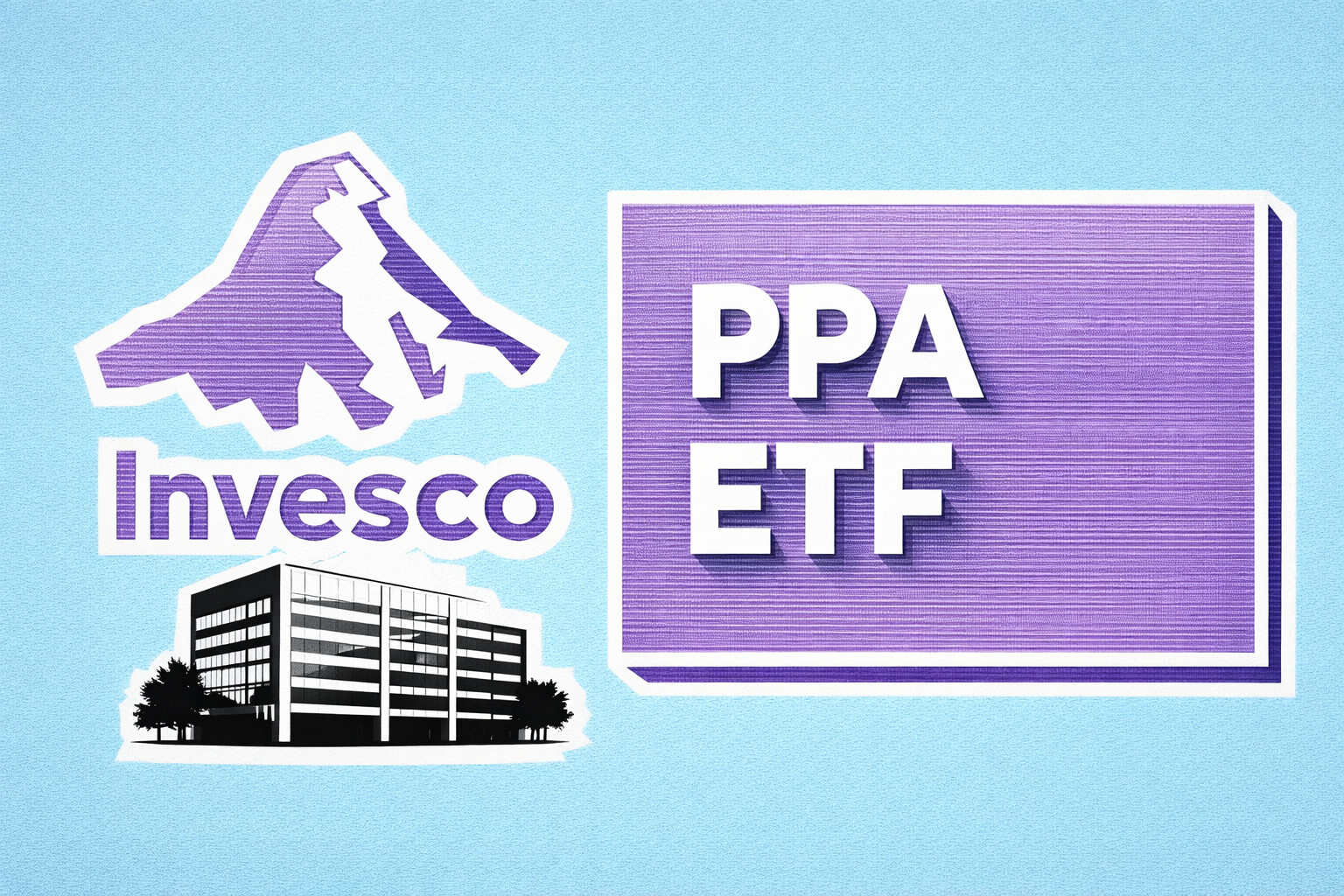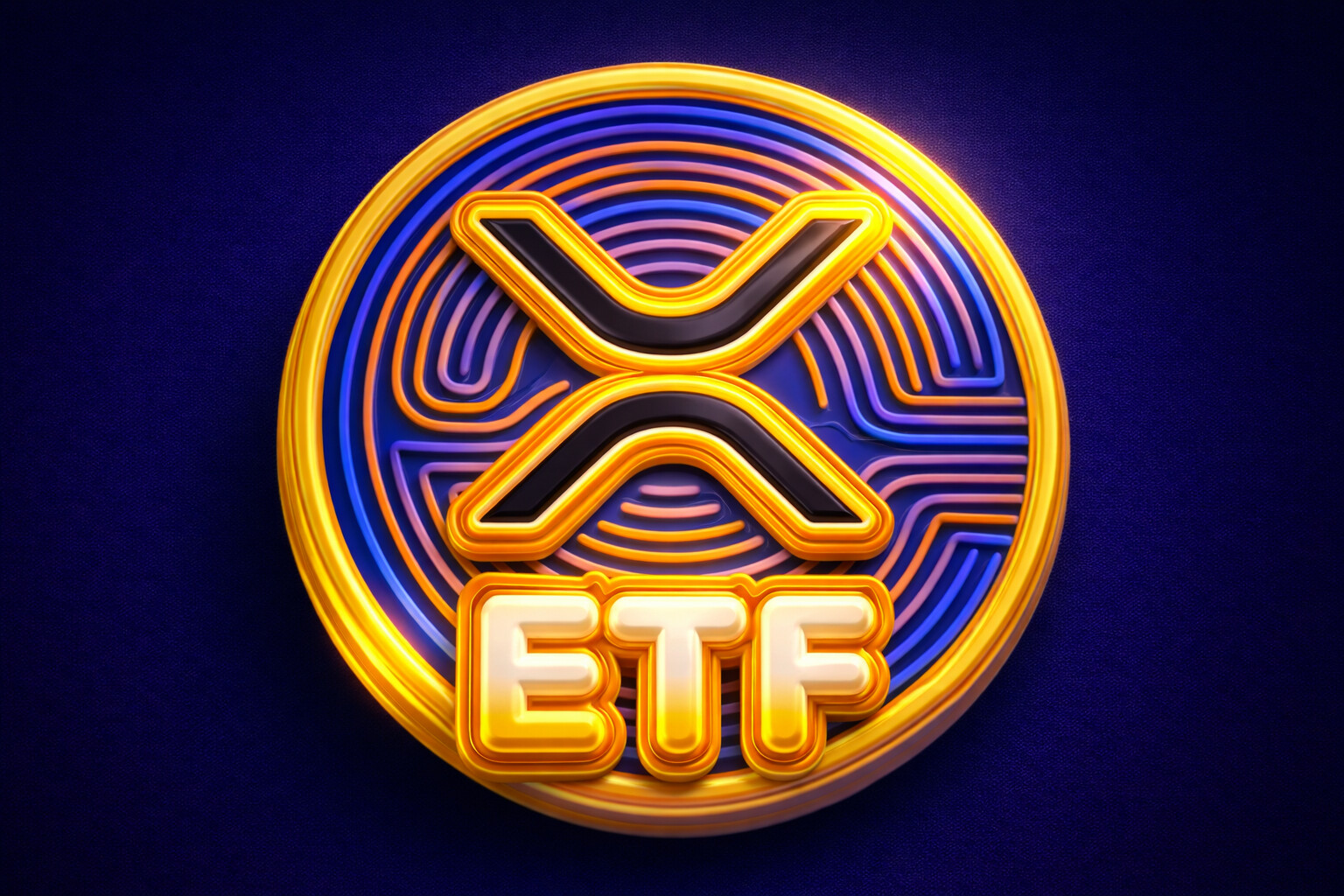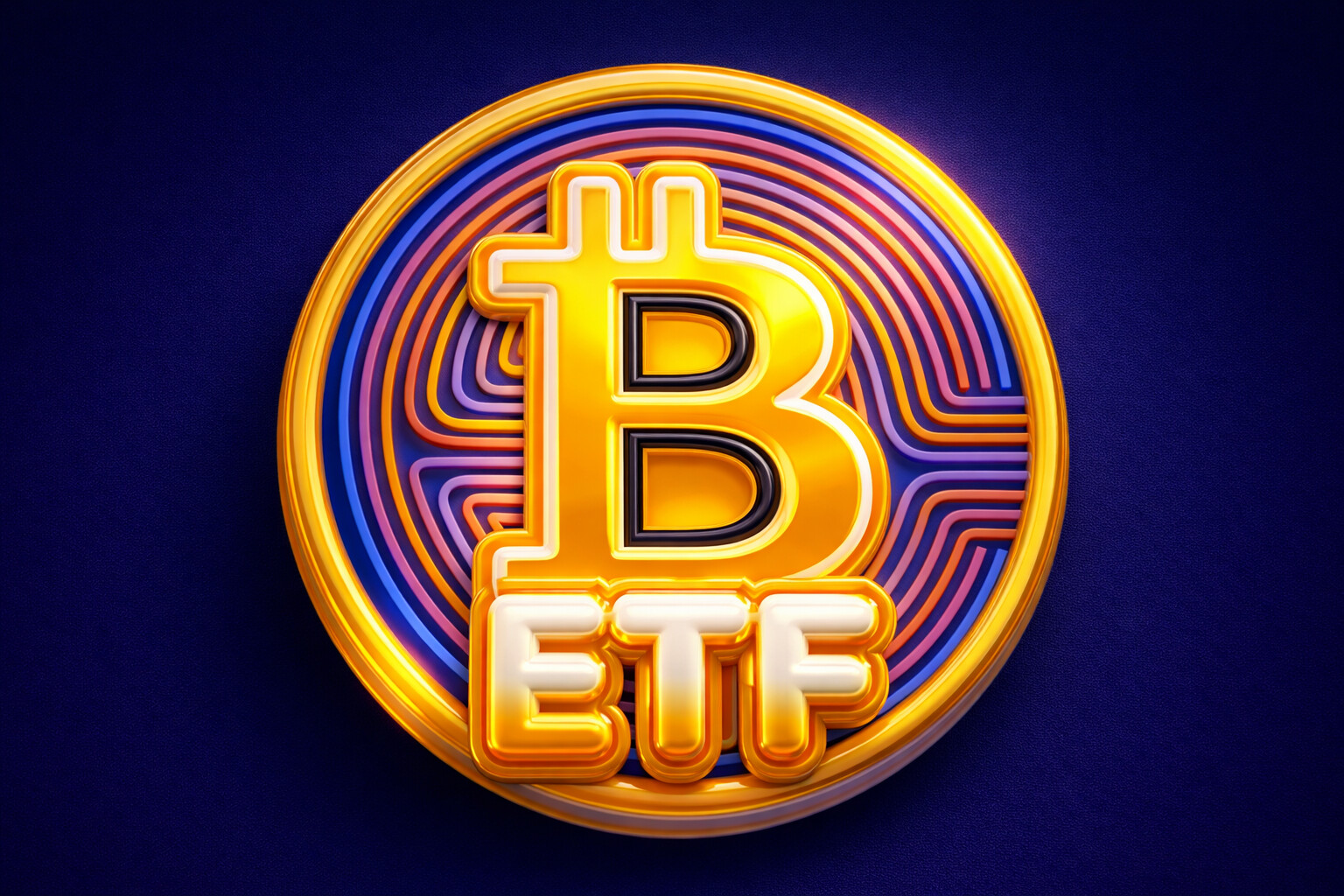What Is A Bond ETF
Cost-Effectiveness of Bond ETFs: Economies of Scale and Lower Costs
Bond ETFs have become incredibly popular among investors as a convenient and affordable way to obtain exposure to the bond market. We will explore into the world of bond ETFs in this detailed tutorial, demystifying their benefits, risks, and structure. Let's go out on a quest to learn more about bond ETFs and how they might improve your investment portfolio.
A Bond ETF: What Is It?
An investment vehicle that trades on an exchange, much like stocks, is a bond exchange-traded fund (ETF). It is a group of bonds that gives buyers a diversified exposure to several fixed-income assets. Since most bond ETFs lack a maturity date like ordinary bonds do, investors can purchase or sell them at any time during the trading day.
Bond ETF types:
ETFs that specialize in holding U.S. Treasury bonds, which are among the safest fixed-income investments, are referred to as Treasury Bond ETFs. SCHO and PLW are just two examples.
ETFs that invest in corporate bonds are known as corporate bond ETFs. Depending on the creditworthiness of the corporations that aresuing them, they provide varied degrees of risk and return. AGG, LKOR, and SPLB are a few examples.
High-yield bond ETFs, also referred to as junk bond ETFs, invest in bonds issued by businesses with weaker credit ratings and offer higher returns but more risk. JNK and HYG are two examples.
International bond ETFs: By giving investors exposure to bonds issued by foreign governments and companies, these ETFs enable global diversification. Among them are BNDX and IYH.
ETFs that invest in floating rate bonds have interest rates that fluctuate and are periodically adjusted in response to changes in benchmark rates. Consider FLTR.
Bonds that can be converted into a predetermined number of shares of the issuer's common stock are the focus of convertible bond exchange traded funds (ETFs). Instance: ICVT.
Leveraged Bond ETFs: These ETFs aim to offer returns that are twice or three times greater than those of an underlying bond index on a daily basis. Consider TMF.
The Benefits of Bond ETFs
Management is made simpler by Bond ETFs, which distribute the interest earned from the underlying bonds.
Check - Best Bond ETF To Buy
diversity right now: Bond ETFs provide right away diversity, distributing risk across a portfolio and possibly lowering volatility.
Targeted exposure: Depending on their preferred investment strategy, investors can choose from a variety of bond ETFs, such as those that focus on short-, intermediate-, or long-term bonds.
Cost-effective: Due to economies of scale, bond ETFs frequently offer cheaper costs than purchasing individual bonds directly.
Bond ETFs are traded on stock exchanges, giving investors the choice to purchase or sell shares at any time during the trading day.
Accessibility: Bond ETFs, which provide transparency and simple trading, make bond investing more available to individual investors.
Recognizing the Risks:
Bond ETFs are susceptible to changes in interest rates, much like ordinary bonds. Bond prices normally decline as interest rates rise, which can reduce the ETF's value.
Bond ETFs have strong liquidity, but the underlying bond market may have low liquidity, which could affect ETF pricing in choppy market situations.
Bond ETFs that invest in lower-rated bonds run the risk of defaulting more frequently due to credit risk. Investors should carefully assess the bond holdings of the ETF's credit quality.
Bond ETFs are exposed to general market volatility, which are impacted by a variety of factors, including investor sentiment, geopolitical developments, and economic conditions.
Read More
-
PayPal Stock Price Forecast - PYPL at a Five-Year Low: Deep-Value Bet at $57 With Upside Toward $100–$120
20.01.2026 · TradingNEWS ArchiveStocks
-
XRP ETF Focus: Are XRPR at $15.56 and XRPI at $10.96 Setting Up a Rebound?
20.01.2026 · TradingNEWS ArchiveCrypto
-
Natural Gas Price Jumps Above $3.80 on Arctic Blast as Traders Target the $4.00 Line
20.01.2026 · TradingNEWS ArchiveCommodities
-
Stock Market Today - Dow Jones, S&P 500 and Nasdaq Tumble as Greenland Tariffs Trigger ‘Sell America’
20.01.2026 · TradingNEWS ArchiveMarkets
-
USD/JPY Price Forecast - USDJPY=X Eyes 160 as Japan’s Fiscal Shock Overpowers Classic Safe-Haven Flows
20.01.2026 · TradingNEWS ArchiveForex



















